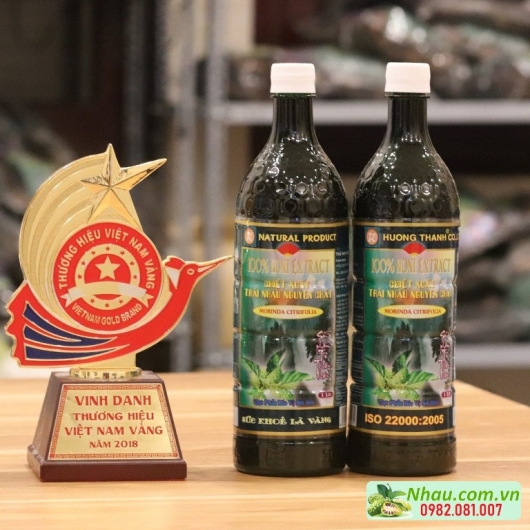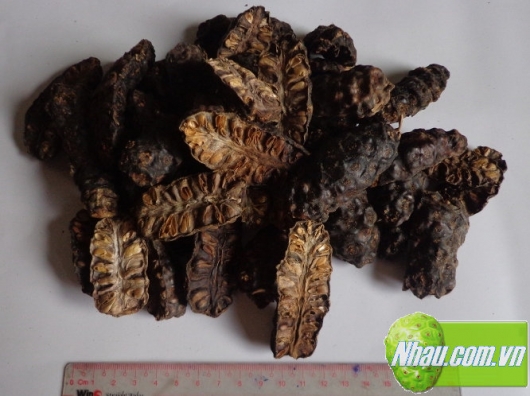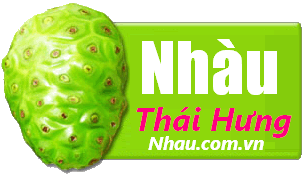Nhàu (Noni)
Sản phẩm từ nhàu
Công dụng của Nhàu
Sản phẩm khác
TÌM KIẾM
TIN TỨC
 Nước cốt nhàu nguyên chất Hương Thanh - Hỗ trợ đau nhức xương khớp, huyết áp cao, tiểu đường, suy giãn tĩnh mạch ...
Nước cốt nhàu nguyên chất Hương Thanh - Hỗ trợ đau nhức xương khớp, huyết áp cao, tiểu đường, suy giãn tĩnh mạch ... Trị suy giãn tĩnh mạch với bài thuốc từ trái nhàu (noni) hiệu quả ít tác dụng phụ
Trị suy giãn tĩnh mạch với bài thuốc từ trái nhàu (noni) hiệu quả ít tác dụng phụ Tạm biệt cơn đau nhức xương khớp với Nước Cốt Nhàu Tự Nhiên Hương Thanh
Tạm biệt cơn đau nhức xương khớp với Nước Cốt Nhàu Tự Nhiên Hương Thanh Trái nhàu khô - Công dụng của trái nhàu khô (noni fruit) với những căn bệnh mãn tính
Trái nhàu khô - Công dụng của trái nhàu khô (noni fruit) với những căn bệnh mãn tính Nước cốt nhàu Hương Thanh [1 thùng 10 chai] - Tiêu chuẩn ISO & Cúp vàng thương hiệu Việt 2018
Nước cốt nhàu Hương Thanh [1 thùng 10 chai] - Tiêu chuẩn ISO & Cúp vàng thương hiệu Việt 2018- + Xem thêm
THỐNG KÊ
- Khách đang online: 12
- Truy cập hôm nay: 254
- Lượt truy cập: 2473081
- Số trang xem: 2854661
- Tổng số danh mục: 40
- Tổng số sản phẩm: 46
QUẢNG CÁO
TIN TỨC
History of Noni
|
HỖ TRỢ ONLINE
FACEBOOK
LIÊN KẾT WEB

 Noni is the common Hawaiian name for Morinda citrifolia, also known as Indian Mulberry. The Morinda Citrifolia plant flourishes in the lush and unspoiled islands of French Polynesia , the best known of these islands is Tahiti . It is considered to be one of the most beautiful plants in the islands. It is a valued addition to a traditional Polynesian garden. The plant reaches heights of 15-20 feet and yields fruit year-round. The blossoms of the tree are a creamy white color. The mature Noni fruit is about the size of a potato and resembles a small breadfruit. When ripe the fruit turns yellow and white.
Noni is the common Hawaiian name for Morinda citrifolia, also known as Indian Mulberry. The Morinda Citrifolia plant flourishes in the lush and unspoiled islands of French Polynesia , the best known of these islands is Tahiti . It is considered to be one of the most beautiful plants in the islands. It is a valued addition to a traditional Polynesian garden. The plant reaches heights of 15-20 feet and yields fruit year-round. The blossoms of the tree are a creamy white color. The mature Noni fruit is about the size of a potato and resembles a small breadfruit. When ripe the fruit turns yellow and white.


